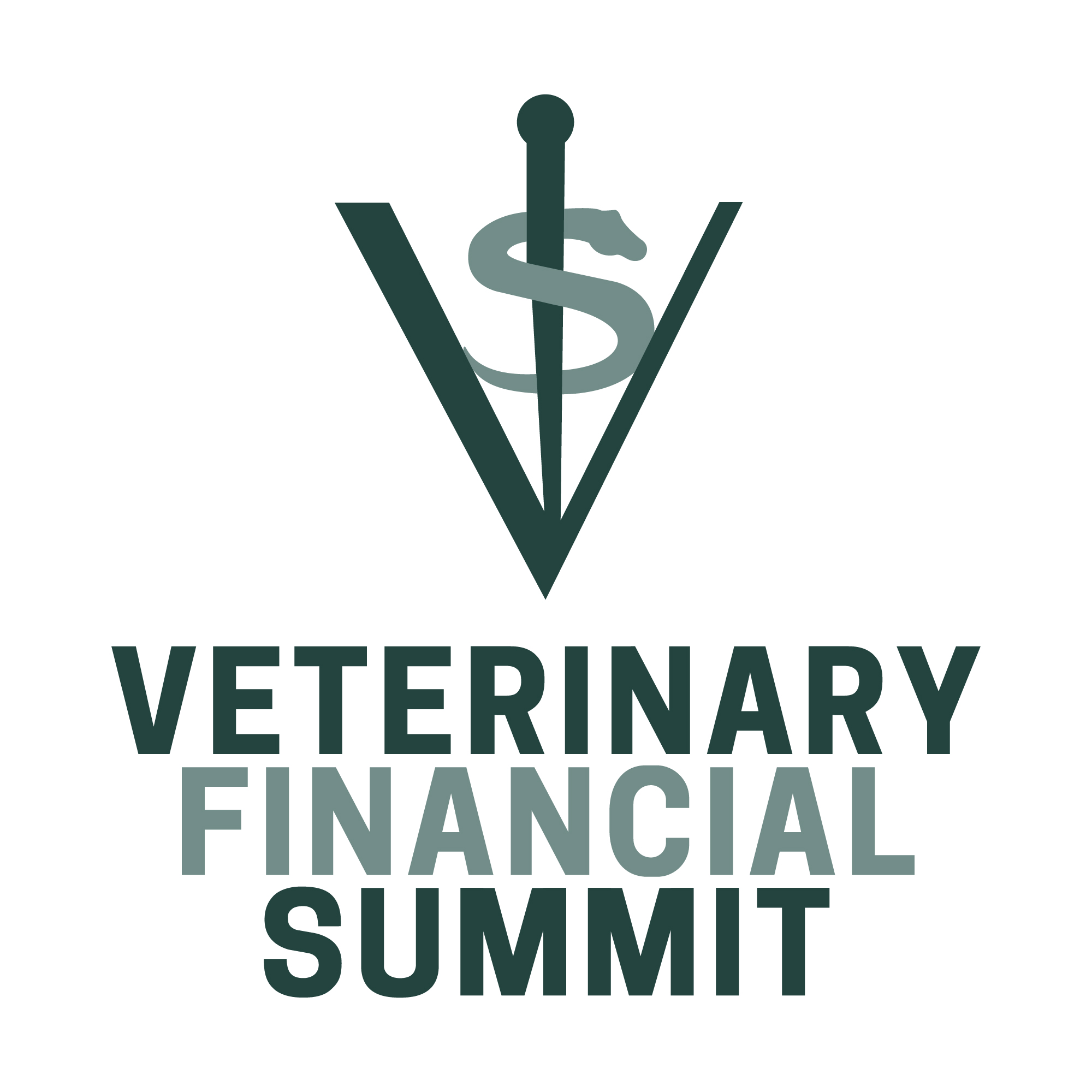Whatever your role is in the veterinary family, becoming part of a mastermind group can dramatically increase your success level. It has been said that behind every successful person, there is a mastermind group. Very smart people have done it before us: Napoleon Hill, Andrew Carnegie, Henry Ford, Benjamin Franklin, Thomas Edison and many others more recently.
You can upgrade your Vet Financial Summit ticket to join our Mastermind. Enrollment in the Vet Financial Mastermind is limited, so secure your seat ASAP.
What’s a mastermind group?
It is a confidential think tank made of supportive, like-minded colleagues or friends. They are self-motivated, share the same values and aspire to the same heights as you do.
There are countless types of mastermind groups: dedicated to small business owners, hospital administrators, head technicians, team leaders, seekers of good health, investors, dieters, managers, moms, dads, employees, employers…
The Vet Financial Mastermind will be dedicated to vet professionals.
What can a mastermind group do for you?
By attending meetings with your colleagues, you will benefit from their collective experience and knowledge. Sometimes, when you get stuck with a problem, an “outsider” may suggest solutions that you have not thought of. By leveraging your peers’ background, you can create new options to advance your career or solve your problems.
Members of your mastermind group can also become a sounding board, provide a support network (or emotional support), play devil’s advocates, give feedback and inspiration, accelerate your personal growth, as well as brainstorm to create new solutions in various professional (and personal) endeavors. The group provides coaching, advice and encouragement.
How and why does it work?
Members of the group will share tips and resources and connections and experiences and knowledge. The group will keep you focused and on track, because you will have to share your progress at the next meeting. But it goes well beyond that: as you publicly share goals and aspirations, you create an accountability system, which is a very powerful motivation.
The group is a safe and confidential place. There are no silly questions. There is no shame. Everybody wants you to succeed.
Who should enroll?
Members have an eagerness to be successful, to solve problems, to reach new goals and to challenge themselves.
A few rules of engagement should be respected for someone to join the group:
- Attending meetings is a commitment.
- No big egos are allowed.
- Trust and confidentiality are prerequisites, because members may share strategies, personal goals and, sometimes, confidential information.
How do we meet?
The classic approach is the face-to-face meeting: you get together in a conference room or a living room or a restaurant (or a beach!!!). It doesn’t mean that all participants have to live in the same area: they could drive or fly to a central location.
In the age of social media and technological awesomeness, we will meet virtually via Zoom.

How big is the group?
In order to maximize the time dedicated to each participant, groups will be small, likely around half a dozen players.
How does a typical meeting unfold?
Meetings last around 1 hour and will be what you want it to be, but below are some basic guidelines.
It is a good idea to start each meeting with a success story from each participant. It could be a difficult negotiation you had brainstormed about during the previous session, or a project you completed, or a tricky situation you resolved with an employee, a client or a colleague. It could be something the group has helped you accomplish.
These happy stories set the tone for the rest of the meeting. It will also show everyone what success looks and feels like.
The bulk of the meeting is then dedicated to each participant. Questions to be discussed include:
- What are you working on?
- What progress have you made since the last meeting?
- What goals have you accomplished?
- What have you learned?
- What do you need help with?
- What struggles have you encountered?
At the end of the meeting, new goals, personal, financial and/or professional are chosen, and they will be discussed at the next session.

How do I reach my goals?
One of the goals of the meeting is to help you create and implement an action plan. You define the goals (hopefully they will be BHAGs, or Big, Hairy, Audacious Goals as Jim Collins calls them in his best-selling book “Good to Great”). Then, the team will help you design a step-by-step plan to reach your goals.
How do we track success?
This is a critical point we will establish once the groups are created.
Is it a subjective goal, such as opening a practice some day? Or is it a measurable goal, such as repaying $XYZ in debt?
Success will be tracked based on your needs and goals.
Can mastermind groups fail?
Yes they can, like any organization. Here are 7 reasons for failure:
- Members are not committed
- Participants don’t show up
- Members don’t engage fully
- Participants make excuses
- There is no mechanism for communication between meetings
- The group doesn’t have a clear purpose
- Members don’t hold each other accountable.
To paraphrase a famous quote: don’t ask what your mastermind group can do for you. Ask what you can do for your mastermind group.
Meredith Jones, DVM
Phil Zeltzman, DVM, DACVS
Co-Founders of Veterinary Financial Summit

